A Walk Through Soho – The Pandemic and Businesses in Photographs
Photo by Maya Din
Little Cupcake Bakeshop had a few customers, cupcakes, and a Food & Wine Magazine proclaiming it has “best chocolate cake in the US.”
Taking a brisk walk around New York City in April – in the midst of the pandemic –I saw an empty city. Gone were the yellow taxis whisking people away, the people talking while bumping into each other, and the life that filled the streets.What was left was a shell of a once-bustling city. I remember walking through Times Square, looking up, and seeing that the lights were still shining brightly; the buildings seemed to reflect the city before March. Looking around, however, everything was closed. Where there used to be people fighting to get the latest sweater or to be the first in line for a full-store sale, there was nothing – save for the occasional plastic bag blowing in the wind.
Recently, as more and more restaurants and stores began opening up again, I saw just how much damage had been done to businesses big and small. Next to the reopened business giants were small, boarded up windows, silhouettes of signs, and graffitied walls. In order to document this, I went to downtown Manhattan and looked around.
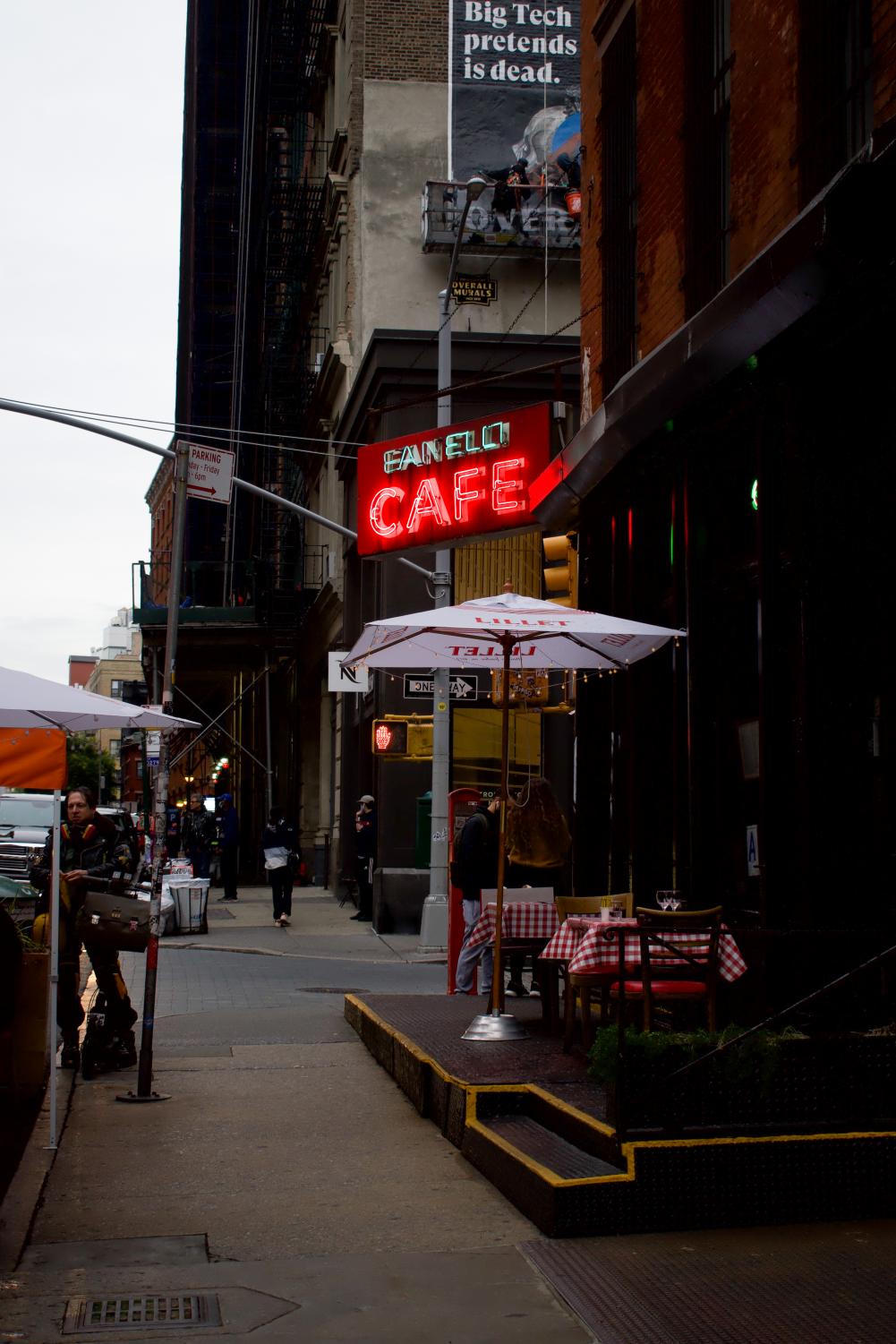
(Photo by Maya Din)
A few things I noticed walking around: while I encountered quite a few closed stores, I found a lot more open that I did not expect to see.
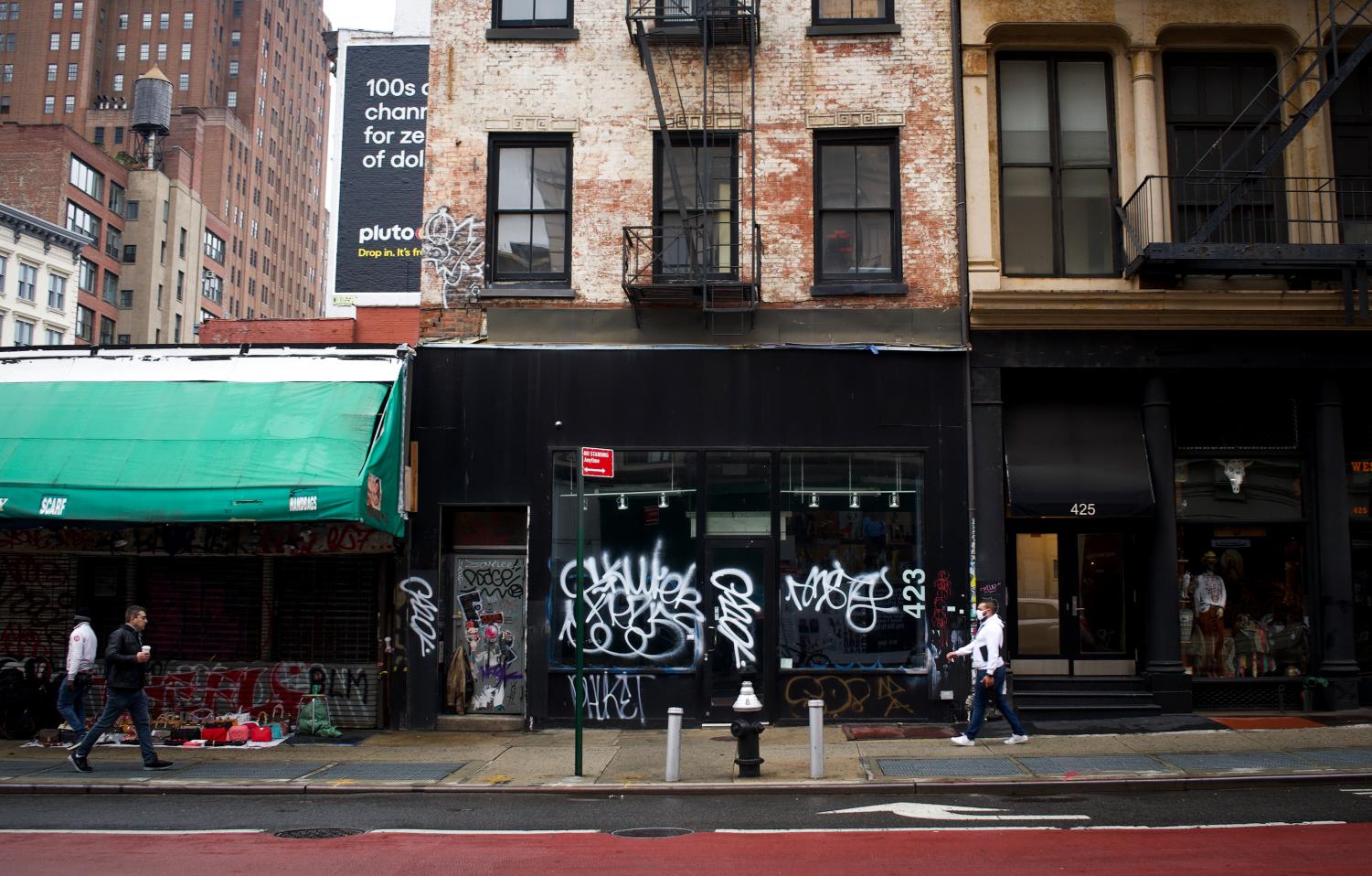
As I was walking down some main and side streets, I noticed shops with products outside on makeshift tables, restaurants that created outdoor dining structures so elaborate it became an experience… However, there was a lack of people eating at them.
The reason for this may have been the weather; it was an overcast day with a chance of rain, and it wasn’t exactly warm. With New York experiencing harsh winters, these restaurants must answer the question, “It’s Winter. What now?”
With restaurants no longer able to seat people indoors, freezing cold temperatures won’t be the most conducive to keeping struggling restaurants afloat.
So, what will happen to all of the restaurants on rainy, snowy, and cloudy days?
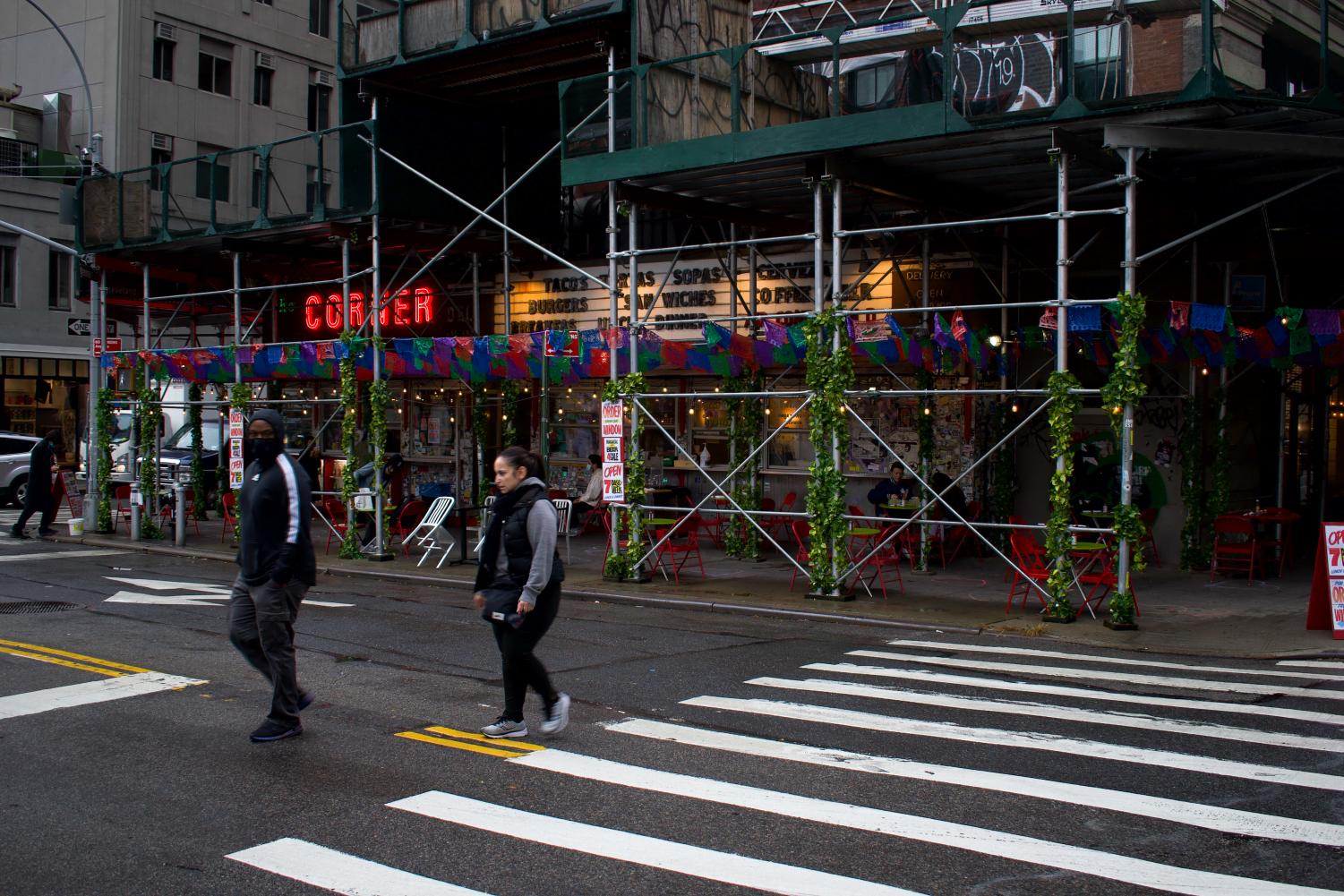
(Photo by Maya Din)
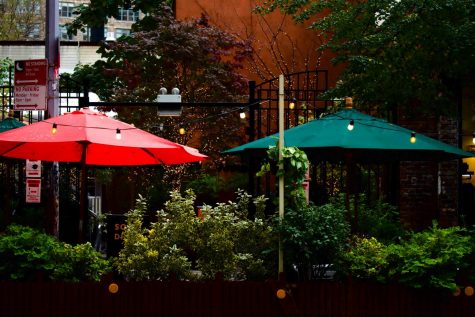
Some restaurants have already thought of solutions: elaborate “mini restaurants” outside of their main shops. These range from white fabric tents to mini geometric igloos to full-on wooden structures with roofs and windows – tiny houses fit for living. But are these really safe? Some concerns have been brought up as to whether or not these enclosed outdoor spaces constitute indoor or outdoor seating. The CDC notes that “being outdoors and in spaces with good ventilation reduces the risk of exposure to the virus that causes COVID-19.” Taking this into consideration, do these outdoor structures count as indoor seating?
After this small adventure, I was struck by the resilience of New York City. All of the amazing solutions I saw had astounded me: closing streets to create full-on restaurant sidewalks to the likes of those in European cities, and selling new products such as customized masks. Restaurants had also created “pantry items” so that one could make food such as Black Tap’s famous CrazyShake from their own apartment.
I look forward to seeing – and documenting – the new normal of New York.
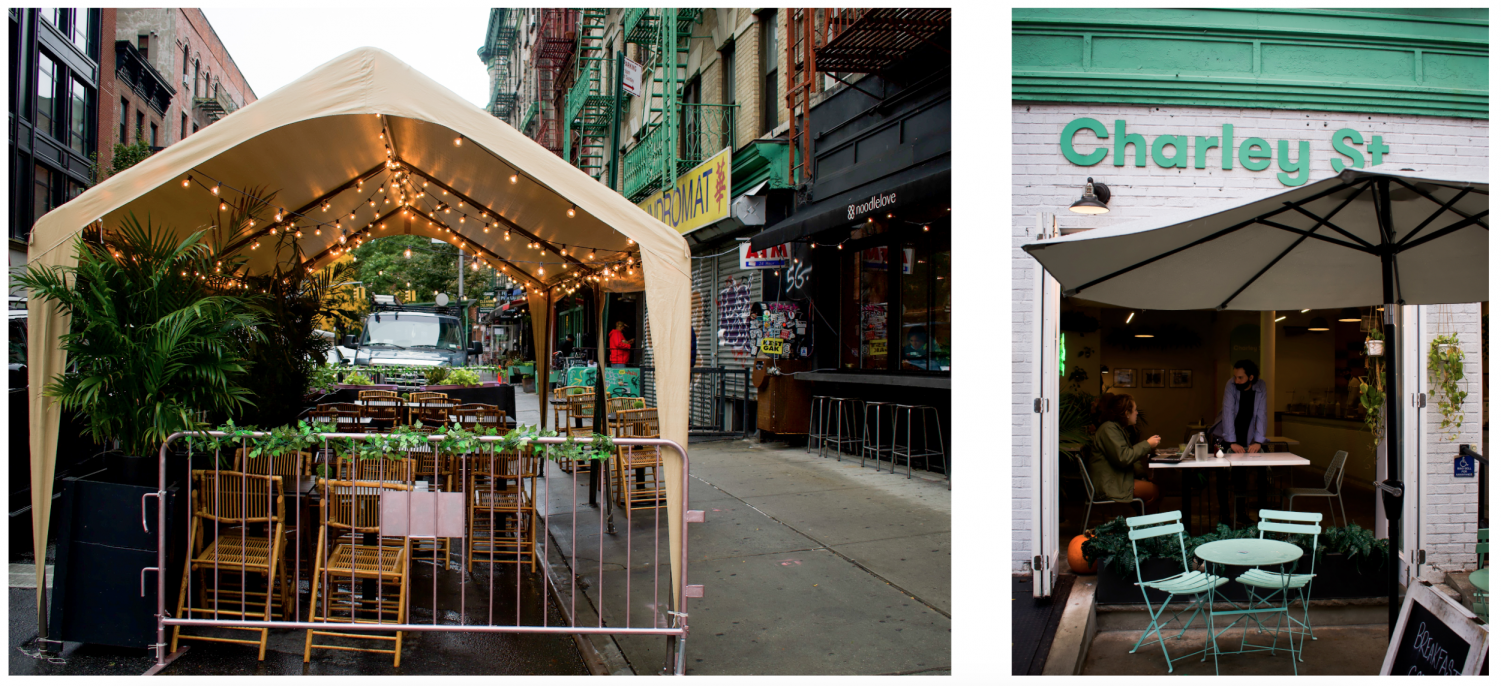
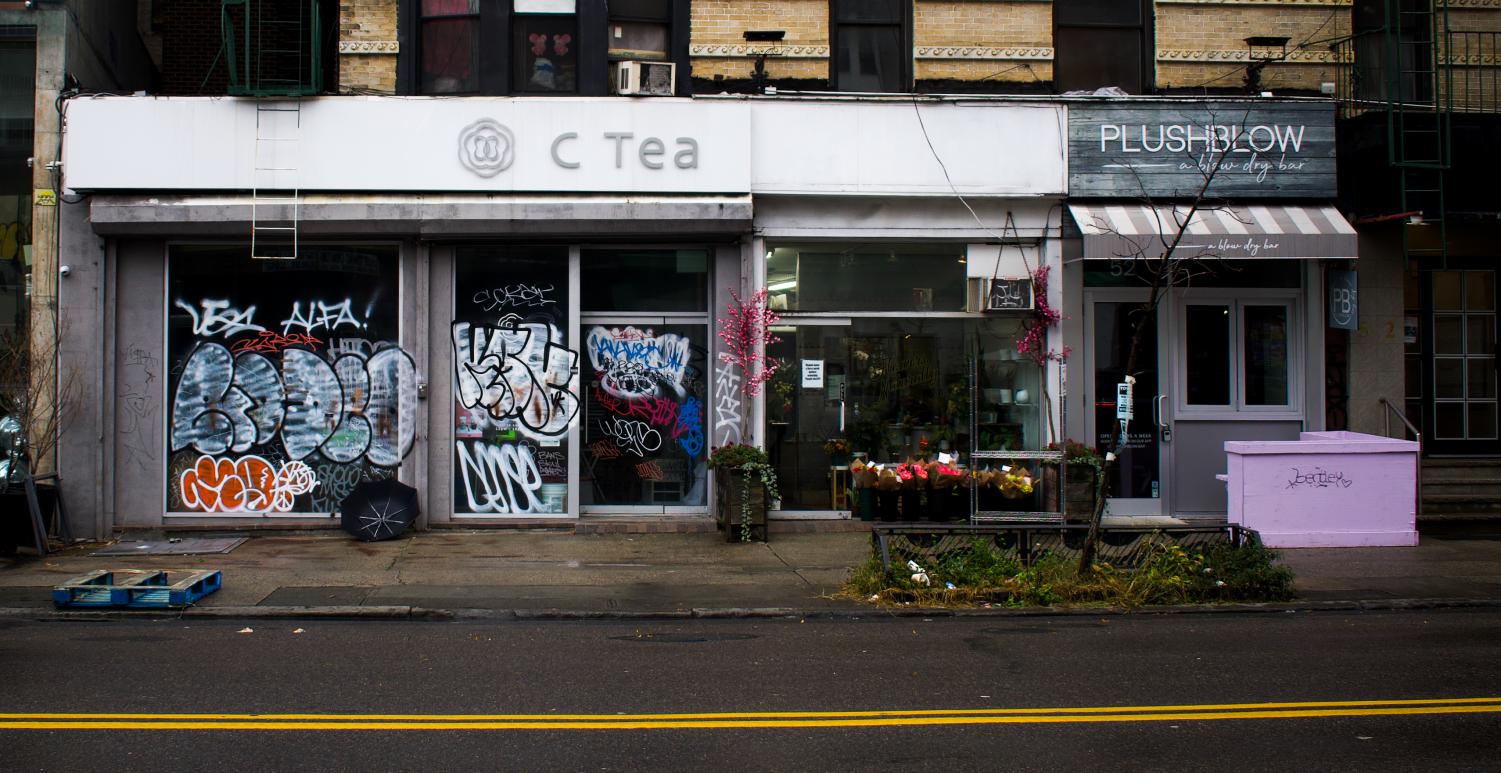
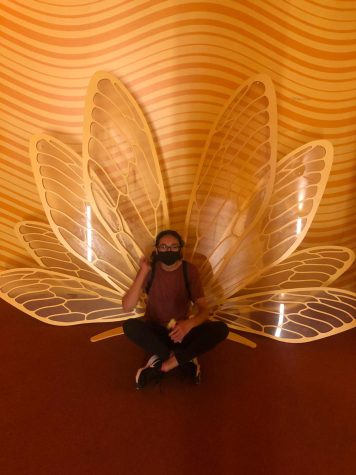
Hi, my name is Maya Din and I'm a member of the class of 2023. I love traveling, photography, baking, and reading! Currently, I edit and write in the opinion...



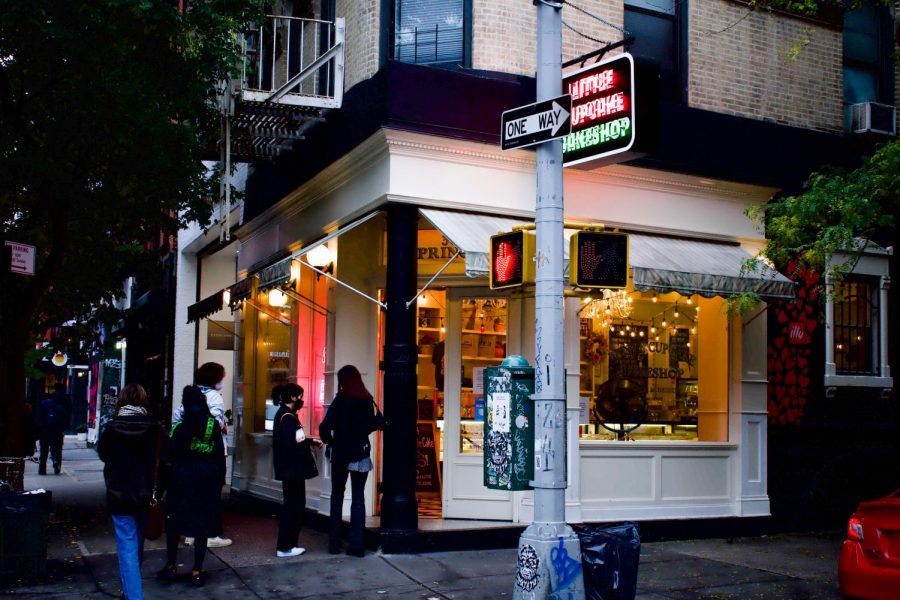

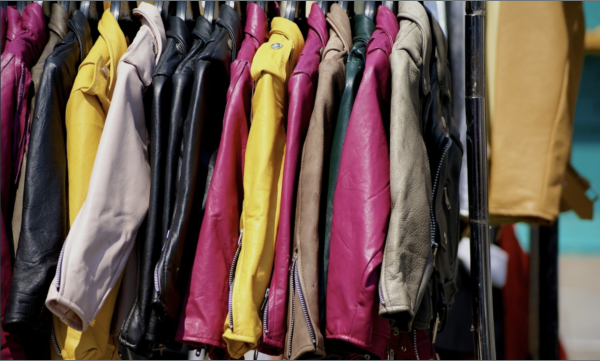
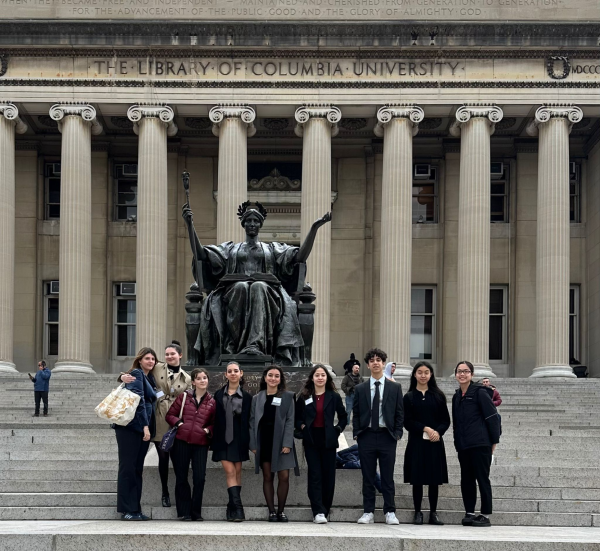

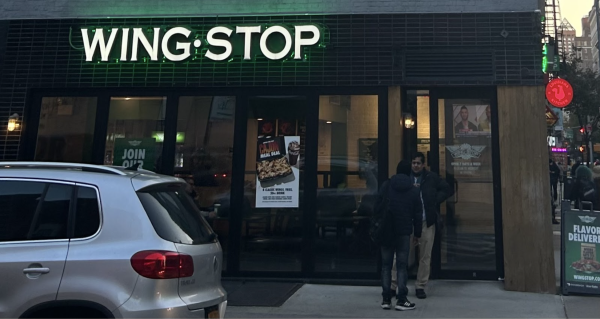
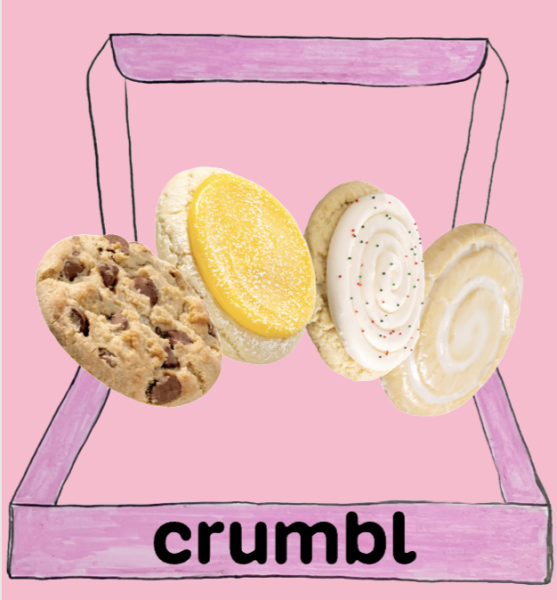

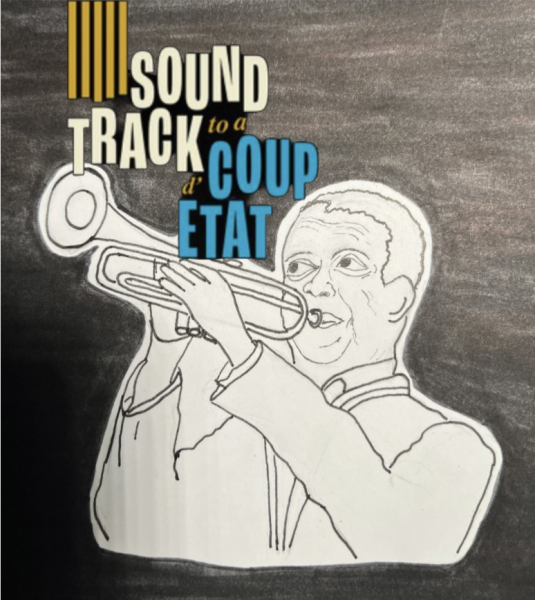
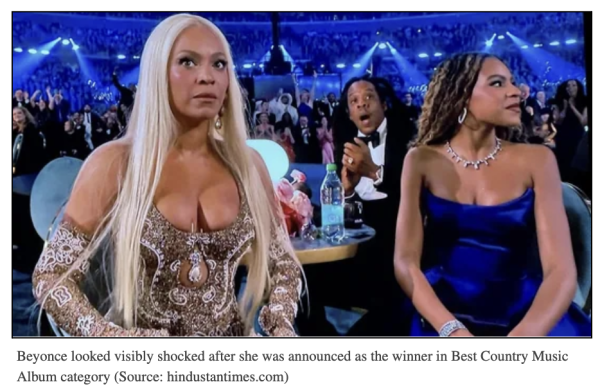
Ameena Din • Jan 9, 2021 at 15:39
Great article Maya and beautiful pictures! I hope that our beloved city comes back to us very soon.
Asif Ahmad • Jan 6, 2021 at 12:03
This is truly remarkable. I admire the mention of plastic bag . She did a lot of work on her photos. She is a story teller. I wish her a lot of success in future and god willing she will acquire and will
Hone her skills.